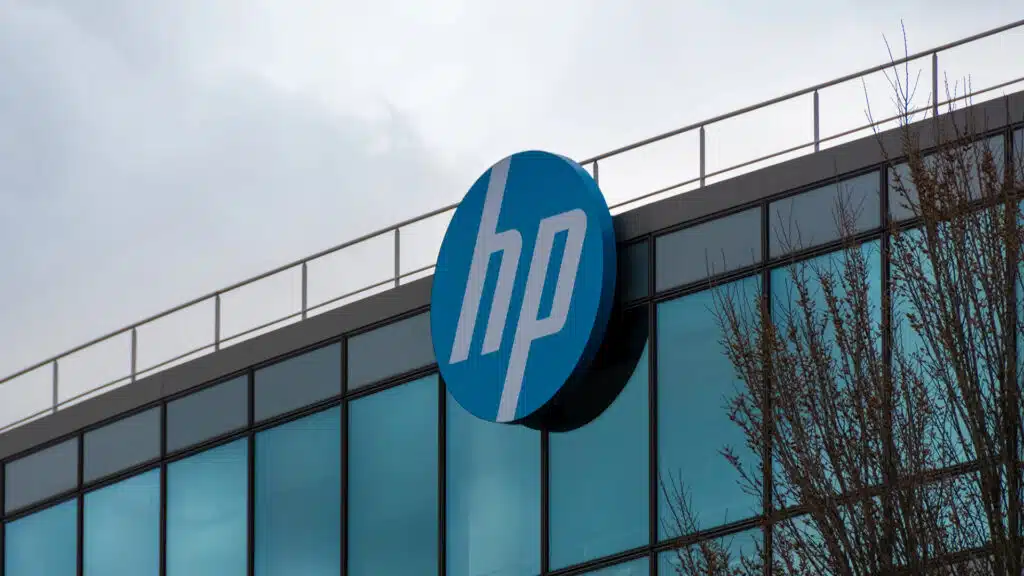The News: Motorola and Lenovo recently launched the latest version of their Razr flippable smartphone, the Motorola Razr 40 Ultra, which is powered by Qualcomm’s premium Snapdragon 8+1 Gen Mobile platform designed for the premium-based Android market. Read the Press Release for more information.
Motorola Razr 40 Ultra Flip Phone with the Snapdragon 8+ Gen 1 SoC
Analyst Take: Motorola (Lenovo) recently launched the latest version of its Razr flippable smartphone, the Motorola Razr 40 Ultra, which is powered by Qualcomm’s premium Snapdragon 8+1 Gen Mobile platform targeted at premium device users.

Motorola Razr 40 Ultra
The Motorola Razr 40 Ultra flip smartphone comes with Android OS 13 coupled with Qualcomm’s Snapdragon 8+ Gen 1 premium-tier mobile platform. Although the Motorola Razr 40 Ultra uses the Snapdragon 8+ Gen 1 mobile platform which is excellent, some of Motorola’s rivals are using the Snapdragon 8+ Gen 2 in their flagship models, making them more powerful and energy efficient.
Motorola Razr 40 Ultra’s cover screen is a 3.6-inch P-OLED panel with a 144Hz refresh rate. For a flip phone, the screen is large, allowing the user to do a lot more than just checking alerts or interacting with pre-canned widgets. In essence, instead of opening the full screen that is 6.9 inches, you are able to do a lot more with a 3.6-inch screen such as watching videos or viewing other content, which is great if you don’t feel like opening the device.
From a camera perspective, the Motorola Razr 40 Ultra comes with 12-megapixel (wide) and 13-megapixel (ultrawide) main cameras that are also capable of shooting 4K video at 30/60 frames per second (FPS), and 1080p at 30/60/120 FPS (HDR10+, gyro-EIS). The regular selfie camera is 32 megapixels and can shoot video in 4K at 30/60 FPS, and 1080p at 30/60/120 FPS (HDR10+, gyro-EIS).
The device has a 3800 milliampere hour (mAh) non-removable battery, which is larger than the prior model and also has the capability of supporting wireless charging as well as 30W wired charging and 5W wireless charging. From a storage perspective, the device is capable of 256 GB or 512 GB of storage, which is not expandable via micro-SD.
Overall, I think the Motorola Razr 40 Ultra should resonate with customers who want a decent foldable phone that comes with an excellent premium-tier SoC (Snapdragon 8+ Gen 1 SoC) that allows excellent pictures, video, gaming, and more in a compact form factor. Also, I think users may find the 3.6-inch cover screen attractive since they are able to view content without having to expand the full length of the phone for many situations.
Disclosure: The Futurum Group is a research and advisory firm that engages or has engaged in research, analysis, and advisory services with many technology companies, including those mentioned in this article. The author does not hold any equity positions with any company mentioned in this article.
Analysis and opinions expressed herein are specific to the analyst individually and data and other information that might have been provided for validation, not those of The Futurum Group as a whole.
Other insights from The Futurum Group:
Qualcomm Snapdragon 8cx Gen 3: Helping Users Reduce Their Carbon Footprints
Qualcomm Snapdragon Game Super Resolution: Better Graphics and Power Savings
Lenovo Unveils its New ThinkPhone Leveraging Qualcomm’s Snapdragon 8+ Gen 1 SOC






